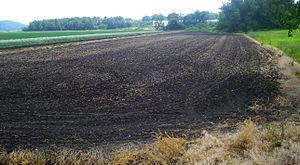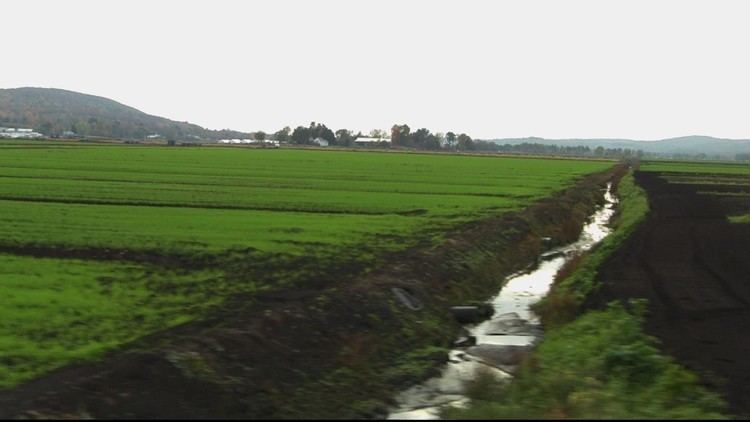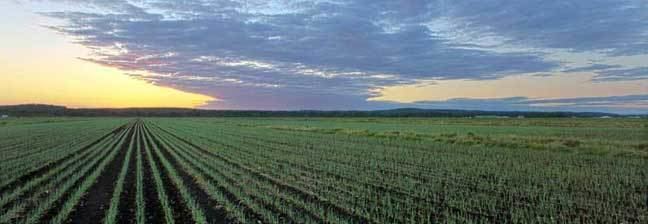 | ||
Come to save the black dirt region rally
The Black Dirt Region is located in southern Orange County, New York, United States and northern Sussex County, New Jersey. It is mostly located in the western section of the Town of Warwick, centered on the hamlet of Pine Island. Some sections spill over into adjacent portions of the towns of Chester, Goshen and Wawayanda in New York and parts of Wantage and Vernon, New Jersey. Before the region was drained in the early nineteenth century through drainage culverts and the construction of the Delaware and Hudson Canal, it was a densely-vegetated marsh known as the "Drowned Lands of the Wallkill"
Contents
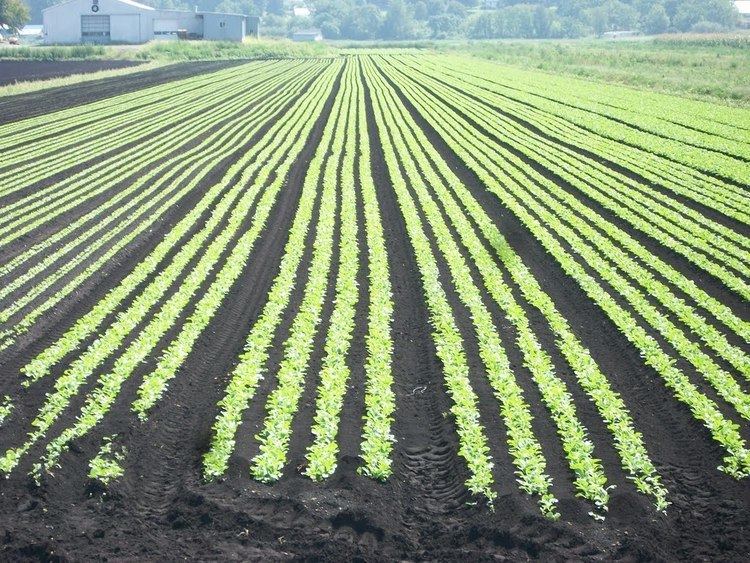
The Black Dirt Region takes its name from the dark, extremely fertile soil left over from an ancient glacial lake bottom augmented by decades of past flooding of the Wallkill River. The 26,000 acres (10,400 ha) of muck left over is the largest concentration of such soil in the United States outside the Florida Everglades.
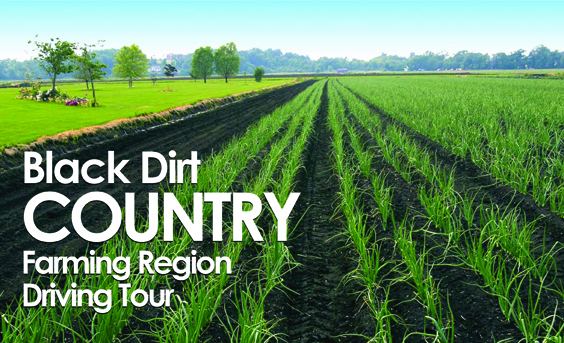
Save the black dirt region
Geography

The area mostly consists of flat flood plain. The few areas that rise above the valley floor are known as "islands", since they often were in times of heavy flooding. New Jersey's Pochuck Mountain looms just to the south of the region, and the ridge continues into the region as a small upland area called Pochuck Neck; there are two smaller hills within it known as Mounts Adam and Eve, rising to 900 and 1,060 feet (274 and 323 m) respectively. The area is also very noticeable on satellite imagery by the color differential from its surroundings.
History
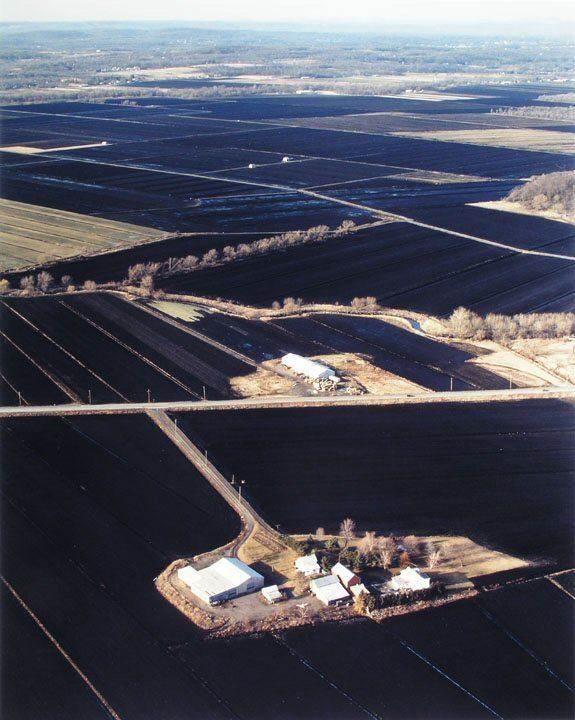
Farmers generally avoided the area in the early years of settlement, because the soil, although rich, was frequently flooded and poorly drained. Instead, the land was used for pasturage, though sudden storms would often drown the stock. Starting in 1804, talks began about the best way to drain the swampland. First, an attempt was made to clear the natural obstacles, but that proved too expensive. Instead, a drainage canal was constructed by General George D. Wickham through his property in 1835. (The former course is now a creek meandering parallel). Immigrants from Eastern Europe, particularly Poles and Volga Germans, had worked similar soils, known as "chernozem", in their native countries and began farming the former swampland. In the mid-19th century they won a series of conflicts with downstream millers later dubbed "the Muskrat and Beaver Wars", giving them the right to prevent a dam from being built on the drainage channel
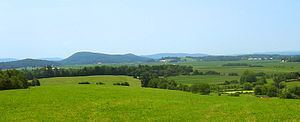
They eventually began growing the pungent, highly prized black-dirt onion on the land, taking advantage of the relative proximity of New York City as a market. By the late 20th century the region was producing an average of 30,000 pounds of onion per acre (4,800 kg/ha) 30,000 pounds per acre and 4,800 kg/ha are not equivalent. Today, due to changing popular tastes in onions and different economic realities, that staple is not as profitable as it was, and farmers in the region have been diversifying their crops to include lettuce, radish, potatoes, tomatoes, carrots, and, increasingly, sod. Development of the farmland is considered unlikely since the soil is very poor for building.
